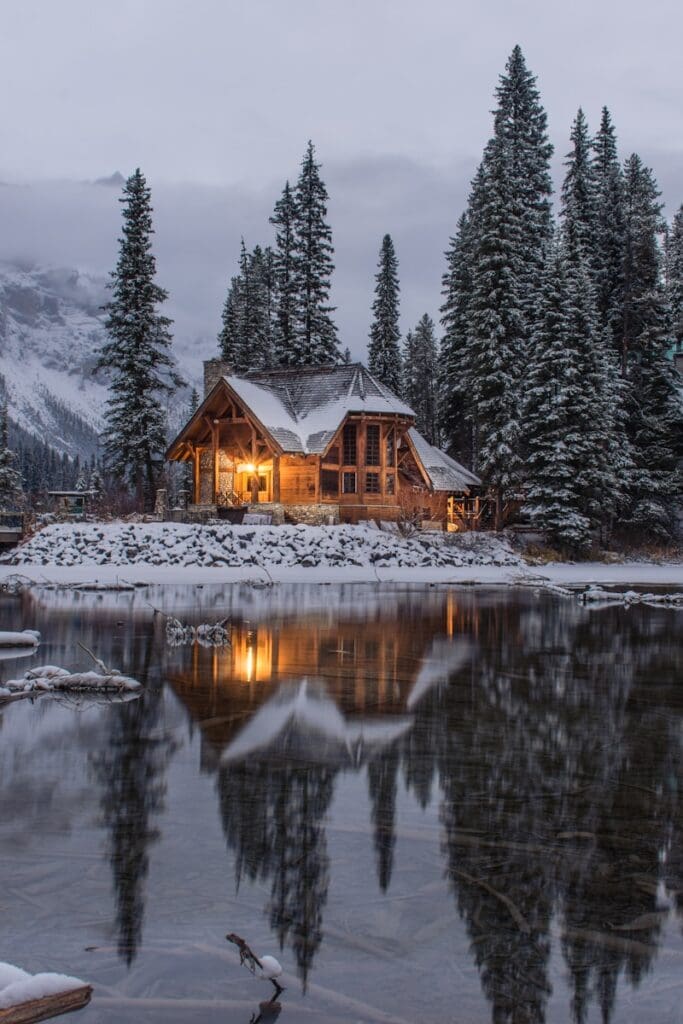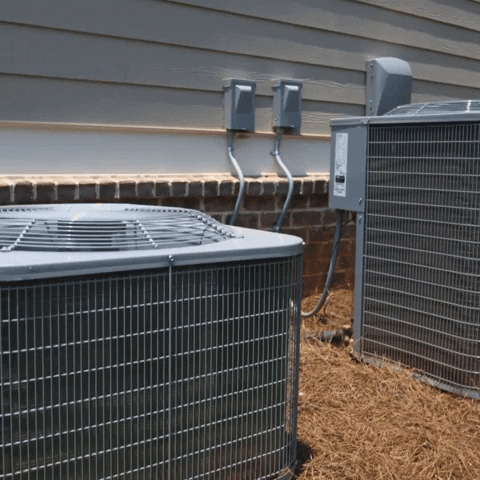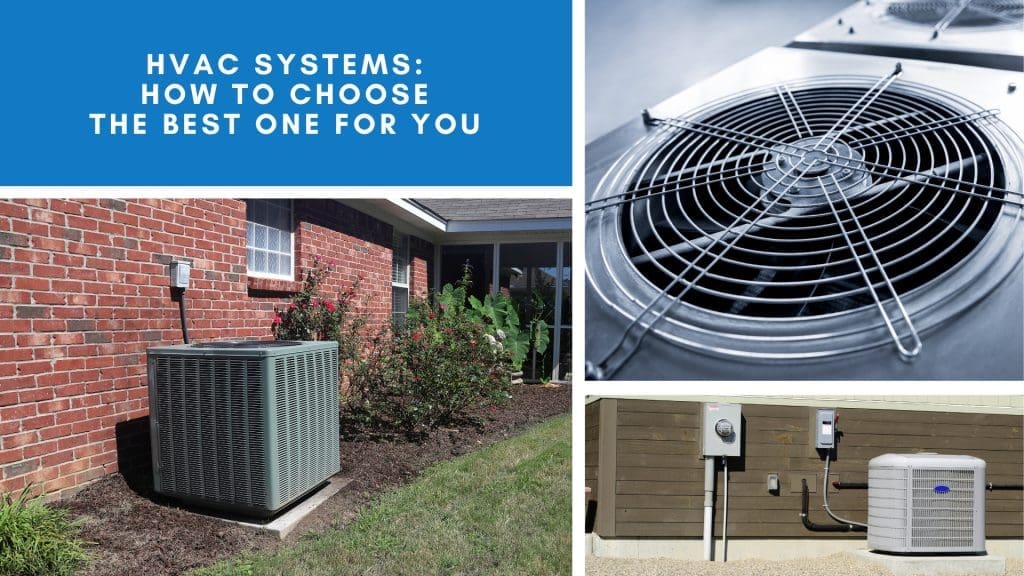Cuando sale aire frío de tu calentador, Climatización Los problemas son más que una simple molestia. Pueden afectar tu comodidad, tu productividad e incluso tu salud, especialmente durante los meses más fríos.
Comprender por qué sucede esto es el primer paso para encontrar una solución. Puede haber varias razones, desde un simple ajuste del termostato hasta problemas más complejos, como un mal funcionamiento del intercambiador de calor.
En esta guía, lo guiaremos a través del proceso de solución de problemas. climatización Problema de aire frío en el calentador del horno. Explicaremos las causas comunes, soluciones prácticas y cuándo es momento de llamar a un profesional.

Tenga en cuenta que algunos problemas se pueden solucionar con bricolaje, pero otros necesitan un técnico capacitado. Climatización experiencia del técnico.
Ahí es donde nosotros, en LC Heating y Aire acondicionado, Adelante.
Nos dedicamos a ofrecer un servicio confiable y de calidad a nuestra comunidad en Hollywood y el área metropolitana de Los Ángeles. Que vuelva a circular ese aire cálido.
Entendiendo su sistema de calefacción
Antes de comenzar a solucionar problemas, es fundamental comprender los aspectos básicos de su sistema de calefacción. Conocer el tipo de calentador que tiene en casa es un excelente punto de partida. La mayoría de las casas utilizan un calentador de gas o eléctrico, cada uno con sus propios componentes y funciones.

Los calentadores de gas utilizan un quemador para encender el gas natural, lo que produce calor que calienta el aire. Los calentadores eléctricos utilizan elementos calefactores alimentados por electricidad para generar calor. Identificar su tipo de calentador puede ayudarle a diagnosticar problemas de forma eficiente.
Un sistema de calefacción consta de varias partes importantes que funcionan en conjunto. Estas incluyen el termostato, el filtro de aire, el ventilador, el intercambiador de calor y los conductos. Juntos, mantienen la temperatura de su hogar al mantener y distribuir el calor uniformemente.
Comprender el funcionamiento básico de los calentadores también puede resultar útil. Ya sea gas o eléctricos, calientan el aire que luego circula a través de los conductos de su casa.
Cualquier interrupción puede generar aire frío, lo que resalta la necesidad de usar calefacción regularmente. mantenimiento y rápida resolución de problemas.
Al comprender estos conceptos básicos, estará mejor preparado para abordar los problemas de calefacción cuando surjan.
Causas comunes del aire frío proveniente de su calentador y problemas de HVAC
Es una mañana fría y enciendes la calefacción solo para sentir el aire frío. ¡No es la bienvenida acogedora que esperabas! Exploremos algunas razones comunes por las que esto podría estar sucediendo.
En primer lugar, el termostato suele ser el culpable cuando un calefactor expulsa aire frío. Asegúrese de que esté en la posición "calefacción" y de que la temperatura sea superior a la temperatura ambiente. Los termostatos defectuosos pueden enviar señales contradictorias a su sistema de calefacción.
Otro problema frecuente son los filtros de aire sucios u obstruidos. Cuando se obstruyen, se restringe el flujo de aire, lo que provoca el sobrecalentamiento y la parada del sistema. Reemplazar o limpiar los filtros regularmente ayuda a mantener la eficiencia y a prevenir problemas de aire frío.

Gas hornos Depende de una luz piloto o del sistema de encendido para encender la calefacción. Si la luz piloto está apagada o el sistema de encendido falla, el calefactor no producirá aire caliente. Asegúrese de que la luz piloto esté encendida; si sigue apagándose, podría necesitar atención profesional.
Las interrupciones del suministro de gas también pueden provocar que el calentador expulse aire frío. Compruebe que la válvula de gas esté abierta y que no haya problemas de suministro de gas en su zona. licenciaEl técnico es el mejor para examinar problemas de gas complejos de forma segura.
A veces, el sobrecalentamiento puede activar los interruptores de seguridad, lo que hace que el calefactor expulse aire frío. Las funciones de seguridad integradas apagan el calefactor para evitar daños o riesgos de incendio. Identificar y solucionar la causa del sobrecalentamiento es crucial antes de reiniciar el sistema.
Por último, considere los conductos de su casa. Los daños o fugas en los conductos pueden permitir que el aire caliente se escape, lo que provoca una sensación de frío en las habitaciones. Inspeccionar los conductos en busca de obstrucciones o fugas garantiza que su sistema de calefacción funcione eficientemente, distribuyendo el calor por toda la casa. Abordar estas causas comunes a menudo puede restaurar la calefacción que necesita, pero en caso de duda, siempre es recomendable llamar a un profesional.
Guía de solución de problemas paso a paso para el calentador que sopla aire frío
Cuando su calefactor sopla aire frío y se congela, un enfoque sistemático ayuda a identificar el problema. Veamos una guía paso a paso.
1. Comprobación de la configuración del termostato
Comience verificando la configuración de su termostato. Asegúrese de que esté en modo "calefacción" y que la temperatura deseada sea superior a la actual de la habitación. A veces, basta con un simple ajuste.
Si su termostato usa pilas, reemplazarlas puede solucionar problemas inesperados. Unas pilas agotadas podrían no enviar las señales correctas a su sistema de calefacción. Si todo parece estar bien, pero el problema persiste, considere si el termostato es el problema.
2. Inspección y reemplazo del filtro de aire
A continuación, revise el filtro de aire de su calentador. Un filtro obstruido restringe el flujo de aire, lo que provoca sobrecalentamiento y apagados. Es una revisión rápida que puede ahorrarle un dolor de cabeza.
Para inspeccionar, apague el calentador, retire el filtro y sostenlo a contraluz. Si no ve pasar mucha luz, es hora de limpiarlo o reemplazarlo. Hacer esto regularmente mejora la eficiencia y la vida útil del calentador.
3. Evaluación de la luz piloto o sistema de encendido
Gas hornos Confíe en las luces piloto o los sistemas de encendido para generar calor. Si la luz piloto está apagada, siga las instrucciones de encendido del manual de su horno. Priorice siempre la seguridad y, en caso de duda, llame a un profesional.
En sistemas de encendido eléctrico, escuche los clics al encender el calentador. Si no los oye, podría tener un problema de encendido que requiera atención profesional. Los sistemas de gas o eléctricos deben ser manipulados por profesionales para garantizar la seguridad.
4. Garantizar un suministro adecuado de gas o electricidad
Un suministro ininterrumpido de gas o electricidad es crucial. Compruebe que la válvula de gas esté completamente abierta. Para electricidad hornos, verifique que todos los interruptores o disyuntores estén en la posición “encendido”.
Si tiene un problema con el suministro de gas que no puede controlar, contacte con su proveedor de gas. Deje siempre estas tareas en manos de técnicos cualificados para evitar los riesgos asociados con el gas y la electricidad.
5. Examen de los conductos para detectar fugas o bloqueos
Los conductos son como las arterias de su sistema de calefacción. Inspeccione los conductos visibles para detectar desconexiones, agujeros u obstrucciones. Una forma sencilla de detectar fugas es buscar acumulaciones de polvo cerca de las juntas. En zonas de difícil acceso, una inspección profesional de conductos garantiza que ninguna fuga u obstrucción interrumpa el flujo de aire caliente.
6. Reinicio del sistema de calefacción
Finalmente, intente reiniciar el sistema de calefacción. La mayoría de las unidades tienen un botón o interruptor de reinicio. Apague el horno, espere unos minutos y vuelva a encenderlo para ver si esto resuelve el problema.
Si necesita reiniciar constantemente, esto indica un problema subyacente que un profesional debería examinar. Seguir estos pasos de solución de problemas podría restaurar su agradable clima interior. Sin embargo, algunas situaciones requieren una evaluación profesional para garantizar la seguridad y la tranquilidad de su hogar.
Cuándo llamar a un técnico profesional de HVAC
A veces, solucionar problemas por cuenta propia no es suficiente. Los problemas eléctricos complejos siempre deben dejarse en manos de profesionales. La electricidad supone un grave riesgo y su manejo inadecuado puede provocar situaciones peligrosas.
Las fugas de gas representan otro peligro importante. Si sospecha que hay una fuga de gas o detecta olor a huevo podrido, evacue el lugar inmediatamente y llame a un profesional. Las fugas de gas pueden provocar la acumulación de monóxido de carbono, una amenaza silenciosa y mortal.
Las fallas de componentes importantes, como un motor del ventilador o un intercambiador de calor averiado, suelen requerir un diagnóstico experto. Estas piezas son cruciales para el funcionamiento del sistema y deben manipularse con cuidado y precisión.
Para una tranquilidad constante, planes de mantenimiento y servicio regulares con un Climatización Un experto garantiza el correcto funcionamiento de su sistema. Las revisiones programadas pueden detectar problemas a tiempo, prolongando la vida útil de su calentador y previniendo averías inesperadas.
En caso de duda, contactar con un profesional es la solución más segura y eficiente. Su experiencia puede ahorrarle tiempo y evitar errores costosos.
Calefacción LC y Aire acondicionado Está aquí para brindar un servicio profesional y confiable en el área metropolitana de Los Ángeles.
Consejos de mantenimiento preventivo
El mantenimiento preventivo es clave para evitar fallos inesperados en la calefacción. Cambiar el filtro regularmente es una forma sencilla y eficaz de garantizar el correcto funcionamiento del sistema. Un filtro de aire limpio favorece un buen flujo de aire y mejora la eficiencia de la calefacción.
Inspecciones de rutina por Climatización Los profesionales también son esenciales. Programación estacional Climatización Las comprobaciones pueden identificar posibles problemas antes de que se agraven. Un ojo experto puede detectar lo que podría pasar desapercibido para un observador inexperto.
Considere actualizar a un termostato inteligenteEstos innovadores dispositivos permiten un control de temperatura más preciso y una mayor eficiencia energética. Incluso pueden alertarle de posibles problemas con antelación, ahorrando dinero y brindándole tranquilidad.
A continuación le presentamos una lista de verificación rápida para mantener su sistema de calefacción en óptimas condiciones:
- Cambie los filtros de aire cada 1-3 meses.
- Cronograma Climatización inspecciones dos veces al año.
- Invierta en un termostato inteligente para un mejor control.
Al adoptar estas medidas proactivas, mantendrá un ambiente acogedor en su hogar y prolongará la vida útil de su calentador. El mantenimiento regular es una pequeña inversión para disfrutar de comodidad y tranquilidad a largo plazo.
Preguntas frecuentes sobre problemas de HVAC: el calentador del sistema HVAC Frunace sopla aire frío:
¿Qué debo comprobar primero si mi calentador echa aire frío?
Comience por verificar la configuración de su termostato para asegurarse de que esté configurado en modo “calefacción” y que la temperatura sea más alta que la temperatura ambiente actual.
¿Con qué frecuencia debo cambiar el filtro de aire de mi calentador?
Se recomienda cambiar o limpiar el filtro de aire de su calentador cada 1 a 3 meses para mantener un flujo de aire y una eficiencia óptimos.
¿Qué podría provocar que la luz piloto de mi horno a gas se apague?
Las razones comunes incluyen ventilación inadecuada, corrientes de aire o un termopar defectuoso. Si la llama piloto se apaga constantemente, lo mejor es consultar a un profesional.
¿Cuándo debo llamar a un técnico profesional de HVAC?
Llame a un profesional si sospecha que hay fugas de gas, enfrenta problemas eléctricos o encuentra fallas importantes en los componentes que requieren un diagnóstico experto.
¿Qué mantenimiento preventivo puedo realizar en mi sistema de calefacción?
Cambie periódicamente los filtros de aire, programe inspecciones de HVAC dos veces al año y considere actualizar a un termostato inteligente para una mejor eficiencia energética.
Calefacción y aire acondicionado LC: su socio de confianza
En LC Heating y Aire acondicionadoNos dedicamos a brindar un servicio de calidad y garantizar la satisfacción del cliente. Nuestro equipo de expertos se compromete a resolver sus problemas de climatización con profesionalismo y atención. Entendemos la importancia de un hogar cálido y confortable, especialmente durante esos momentos fríos inesperados. Hollywood.
Contactarnos es fácil y cómodo. Puede contactarnos por teléfono o a través de nuestro sitio web intuitivo para programar un servicio o una consulta. Nuestro equipo está listo para ayudarle con prontitud, asegurándose de que su sistema de calefacción vuelva a funcionar de forma eficiente. Confíe en nosotros: su socio de confianza en HVAC en el área metropolitana de Los Ángeles.
Conclusión
Si su calentador sopla aire frío, puede ser frustrante. Sin embargo, la solución de problemas puede ayudar. Comience por revisar el termostato, inspeccionar los filtros y asegurar un suministro de gas constante. Estos pasos pueden ayudar a identificar y resolver muchos problemas comunes.
No olvide la importancia de examinar la luz piloto y los conductos para asegurarse de que todo funcione sin problemas.
Algunos problemas es mejor manejarlos por profesionales, especialmente cuando involucran piezas complejas o riesgos de seguridad.
En LC Heating y Aire acondicionadoEstamos a solo una llamada. Ya sea que necesite mantenimiento rutinario o asistencia urgente, contáctenos para mantener su sistema de calefacción funcionando eficientemente y su hogar confortable.
Confíe en nosotros para gestionar sus desafíos de HVAC con cuidado y experiencia.


